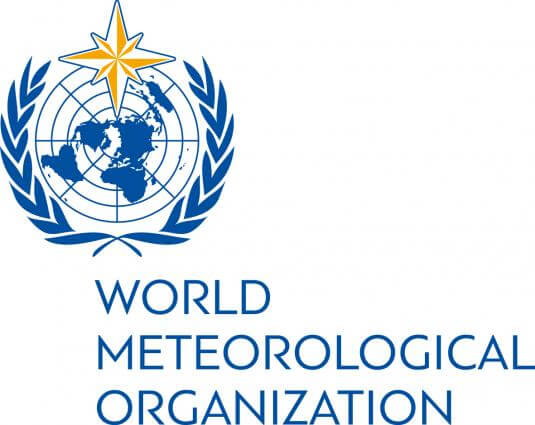El Nino conditions have arisen in the tropical Pacific for the first time in seven years, paving the way for a potential increase in global temperatures as well as disruptive weather and climate patterns, according to a new World Meteorological Organization (WMO) assessment released on Wednesday.
The World Meteorological Organization predicts that the El Nino event will continue into the second half of 2023, with at least moderate strength.
“The onset of El Nino will greatly increase the likelihood of breaking temperature records and triggering more extreme heat in many parts of the world and the ocean,” said planet Meteorological Organization Secretary-General Prof. Petteri Taalas in a statement.
El Nino occurs every two to seven years on average, with phases lasting nine to twelve months. It is a natural climate trend associated with rising ocean surface temperatures in the central and eastern tropical Pacific Ocean.
However, it occurs in the context of a climate altered by human activity.
According to the UN, monthly average sea surface temperature anomalies in the central-eastern equatorial Pacific have increased dramatically since February, ranging from almost half a degree Celsius below average (-0.44 in February) to around half a degree above average (+0.47 in May).
Warm sea surface temperature anomalies continued to rise in the week ending June 14, reaching +0.9 degrees Celsius.
The WMO stated that the combined evidence from oceanic and atmospheric observations clearly suggests the presence of El Nino conditions in the Pacific.
However, significant uncertainty persists due to only minimal ocean-atmosphere coupling, which is critical for El Nino amplification and maintenance.
It is expected that it will take another month or more to see a completely established coupling in the tropical Pacific.
“As warmer-than-average sea surface temperatures are generally predicted over oceanic regions, they contribute to widespread prediction of above-normal temperatures over land areas. Without exception, positive temperature anomalies are expected over all land areas in the Northern and Southern Hemisphere,” said the UN agency’s latest update for July, August and September 2023.
“The declaration of an El Nino by the WMO is the signal to governments around the world to mobilise preparations to limit the impacts on our health, our ecosystems and our economies,” Taalas said.
“Early warnings and anticipatory action of extreme weather events associated with this major climate phenomenon are vital to save lives and livelihoods,” he added.
Source:IANS







 Finance
Finance







